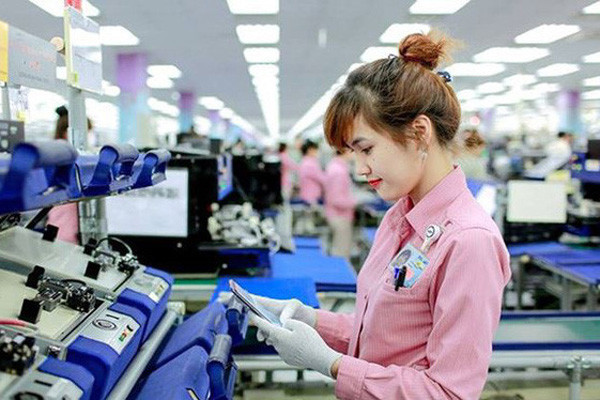
According to the World Bank's 2020 report, countries are classified into four groups: low-income economies (income per capita of less than $1,035), lower middle-income economies ($1,036-$4,045), middle income economies with per capita income of $4,046-$12,535, and high-income economies with per capita income of over $12,536.
While many countries can escape low income status, not many succeed in escaping the middle-income trap. The World Bank survey over the last 50 years found that only 18 countries have succeeded in switching from a middle-income economy to high-income one, while many countries succeeded in going from low-income to middle-income.
Daron Acemoglu and James Robinson, the authors of ‘Why Nations Fail’, believe that falling into the middle-income trap is not because of market failure but the failure of governments and institutions.
Brazil, Argentina, the Philippines and Thailand are cited as examples of running after growth and being slow in reaching an in-depth growth model and being stuck there.
Meanwhile, Japan, South Korea, Singapore and Taiwan are cited as examples of switching to an in-depth growth model, becoming developed economies thanks to institutional reforms and economic reform.
Vietnam has escaped low-income status and joined lower middle income economies in 2009 with average income per capita of $1,160. Though income has been increasing rapidly since then, reaching $3,694 in 2021, it is still a lower middle income country.
Education and technology
The World Bank noted that Vietnam’s institutional quality has not improved significantly and Vietnam is not ready for the new development period.
Investment efficiency is not high, infrastructure development has not met requirements, and human resource quality does not meet demand. Meanwhile, science-technology and innovations have not become the driving force to improve productivity, competitiveness and socio-economic development.
Analysts stress that Vietnam needs to quickly switch to the in-depth growth model, and improve quality and efficiency of production through technology, creative innovation, and education.
The World Bank's August 2022 report showed that the school admission rate after K-12 general education was 28.6 percent in 2019, much lower than the average of countries with higher average income (55.1 percent).
Vietnam has lagged too far behind in readiness in using technology and innovation compared with other Asian countries such as China, Malaysia and Singapore. Growth based on science-technology and innovations remains modest. Investment in the field is too small with spending on science-technology by the state and private sectors accounting for 0.44 percent of GDP. Meanwhile, the world average is 2.23 percent of GDP.
Bold reforms
According to experts, to obtain balance between institutional stability and adaptability, it would be better to take daring steps with priority given to improving adaptability, rather than stability, so as to be able to respond effectively to new and more complex challenges arising domestically and globally.
Regarding education, it is necessary to improve the admission rate to higher education to have a high-quality workforce like high-income countries. More investment is needed in higher education. In 2019, spending on higher education in Vietnam was 0.6 percent of GDP, lower than in South Korea (0.9 percent) or Malaysia (0.82 percent).
Tran Thuy